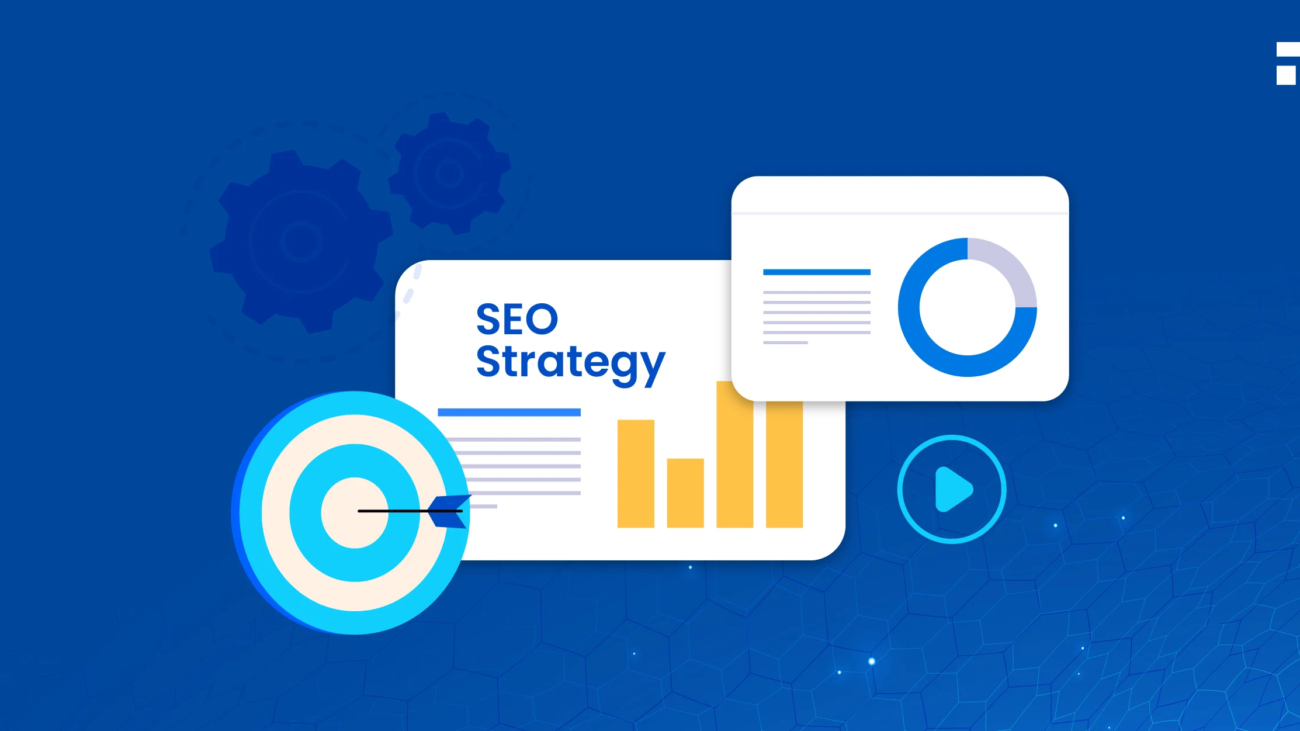1. Introduction
You’re an up-and-coming SEO specialist, and your challenge is clear: how do you stand out locally when established players already dominate the map pack and top rankings? The answer lies in building what search engines and people value most: local authority.
This comprehensive guide walks you through how to build local authority from the ground up, even if you’re starting fresh in 2025. From optimizing local profiles to creating hyperlocal content, we’ll explore strategies that position you as a trusted expert in your area and beyond.
2. What is Local Authority in SEO?
Local authority refers to the perceived trust, relevance, and influence your business or personal brand has in a specific geographic region both in the eyes of search engines and your local audience.
It’s built on:
-
Relevance to local searches
-
Local citations and backlinks
-
Consistency across platforms
-
Positive reviews and engagement
-
Authoritative, localized content
The higher your local authority, the better your rankings for local-intent keywords like “SEO consultant near me” or “best local SEO agency in [City].”
3. Why Local Authority Matters for New SEOs
As a new SEO, you’re in a crowded field. Local authority helps you:
-
Compete with established agencies
-
Win local clients and referrals
-
Dominate Google’s Map Pack
-
Rank for long-tail geo-specific keywords
-
Earn trust faster than national competitors
When you become the go-to expert in your city or niche, you unlock growth both locally and globally.
4. Step-by-Step Guide to Building Local Authority
1. Claim and Optimize Your Google Business Profile (GBP)
A fully optimized Google Business Profile is your gateway to visibility.
Optimization tips:
-
Use your official business name
-
Choose the most relevant primary category (e.g., “SEO consultant”)
-
Add geo-optimized description
-
Upload real photos of you, your office, or team
-
Post weekly updates, offers, or events
-
Enable messaging
Example keywords to include:
-
“Local SEO expert in [City]”
-
“SEO specialist [State]”
2. Create Localized Website Content
Search engines reward content that’s tailored to local users.
Ideas for localized content:
-
Blog: “How to rank on Google Maps in Dallas”
-
Service pages: “SEO for local plumbers in Miami”
-
Case studies featuring local clients
-
Event coverage or industry roundups in your region
Tip: Embed a Google Map on your contact page and use schema markup for your location.
3. Get Local Backlinks
Backlinks from regional sites tell Google that you’re a trusted local brand.
Strategies:
-
Join and get listed on your Chamber of Commerce site
-
Submit guest posts to local news/blogs
-
Sponsor community events or meetups
-
Get interviewed on local podcasts
Tools like Ahrefs or BrightLocal can help find local link opportunities.
4. Leverage Local Citations
Citations = Online mentions of your business NAP (Name, Address, Phone)
Start with:
-
Yelp
-
Yellow Pages
-
Bing Places
-
Hotfrog
-
Foursquare
-
Local data aggregators (e.g., Neustar Localeze, Infogroup)
Ensure NAP consistency across every platform.
5. Gather Genuine Reviews
Positive reviews = authority signals for both users and search engines.
Focus on:
-
Google Business Profile
-
Facebook
-
Trust-pilot
-
Clutch (for B2B SEOs)
-
Up-City
-
Site-jabber
Ask satisfied clients politely:
“Hey [Name], if you found the SEO audit helpful, would you mind leaving a quick Google review?”
6. Engage in Local Communities (Online & Offline)
Whether it’s LinkedIn groups, Reddit threads, or local events, showing up consistently builds authority.
Ideas:
-
Answer SEO questions in your local subreddit
-
Host free SEO workshops at your local library or coworking space
-
Collaborate with local businesses on Instagram Lives
5. Technical Local SEO Tips for Authority Building
Local SEO isn’t just content it’s also technical accuracy.
-
Set up location pages with unique URLs and content
-
Implement hreflang tags if you serve multilingual areas
-
Use structured data (Local Business Schema)
-
Optimize for mobile (most local searches happen on phones)
-
Monitor site speed and Core Web Vitals
Bonus: Use tools like Screaming Frog to ensure local metadata is in place.
6. Social Media + SEO = Local Brand Power
Social signals indirectly boost local SEO by:
-
Increasing brand searches
-
Generating engagement
-
Building backlinks via content shares
Focus on:
-
LinkedIn (especially for B2B SEO professionals)
-
Facebook Groups (local business discussions)
-
Instagram (behind-the-scenes and testimonials)
-
TikTok (educational SEO content for local entrepreneurs)
Use geo-hashtags like #MiamiSEO or #SEOConsultantNYC.
7. Content Marketing Tactics for Local Influence
As a new SEO, content is your voice and proof of expertise.
Must-Try Tactics:
-
Local SEO blog series (e.g., “How I ranked a local dentist in [City]”)
-
YouTube explainer videos with local keywords in titles/descriptions
-
SEO case studies showcasing local business results
-
Comparison content like “Best SEO Tools for Local Businesses in 2025”
-
Email newsletters featuring local SEO tips
Remember, consistency builds visibility.
8. Authority Through Collaboration: Influencers & Local Businesses
Tap into established local networks through collaboration.
How:
-
Partner with local influencers in business/marketing
-
Run co-branded events or webinars
-
Offer free SEO audits to non-competing local businesses and ask for backlinks
-
Cross-post content on each other’s platforms
These efforts build both trust and reach.
9. Monitoring Your Growth and Authority
You can’t grow what you don’t track.
Use tools like:
-
Google Search Console: Check impressions by location
-
Google Analytics 4: Track user geography
-
Bright-Local: Track local rankings and citations
-
White-spark: Audit local SEO visibility
-
SEMrush/Ahrefs: Monitor new backlinks & brand mentions
Set KPIs like:
-
Local keyword rankings
-
Map pack visibility
-
Backlinks from local domains
-
Monthly review count
10. Mistakes New SEOs Must Avoid
Avoid these common pitfalls when building local authority:
-
Ignoring Google Business Profile
-
Creating duplicate location pages
-
Using inconsistent NAP info
-
Neglecting mobile optimization
-
Stuffing content with unnatural local keywords
-
Failing to build real relationships
The goal is to be a community asset, not just a digital marketer.
11. Global Implications: Local Authority, Global Reach
Building local authority doesn’t just get you clients in your city it can launch your international visibility.
As your local SEO footprint grows:
-
Local press mentions get picked up globally
-
High-quality regional backlinks fuel domain authority
-
You become a thought leader on industry-wide platforms
Many global SEO agencies started by owning their local markets first.
12. Final Thoughts
If you’re a new SEO trying to get noticed, building local authority is your golden ticket. It’s measurable, actionable, and can set the foundation for long-term success.
Start where you are. Build trust locally. Rank globally.
With these strategies, you’ll soon move from being the new face in town to a respected local SEO expert ready to dominate maps, search, and minds.
13. Bonus Tip: Use Testimonials and Case Studies
Nothing builds credibility and authority faster than showcasing real-world success stories. As a new SEO, start documenting your client wins even small ones and turn them into case studies or testimonial blocks on your website.
How to Leverage Testimonials:
-
Add a review widget to your homepage or service page
-
Include client photos/logos to build trust
-
Use schema markup (Review/Organization Schema) to help Google read your testimonials
Example Testimonial Strategy:
“After working with [Your Name], our local traffic increased by 47% within three months. We’re now ranking in the top 3 for ‘Plumber in Denver’. Highly recommended!”
Local Client
Why This Works:
-
Builds trust with potential local clients
-
Enhances conversion rate optimization (CRO)
-
Boosts keyword-rich content naturally
14. Final Encouragement
Becoming a recognized authority in your local SEO market doesn’t require massive budgets or a huge team. It takes consistency, authenticity, and value creation. If you dedicate just 30 minutes a day to optimizing listings, producing content, networking, and monitoring performance, you’ll see significant progress in under six months.
Remember, local authority is not just about rankings it’s about reputation. Build it deliberately, and your name will become synonymous with SEO expertise in your region.
Stay focused, stay visible, and soon, the clients will come to you.


